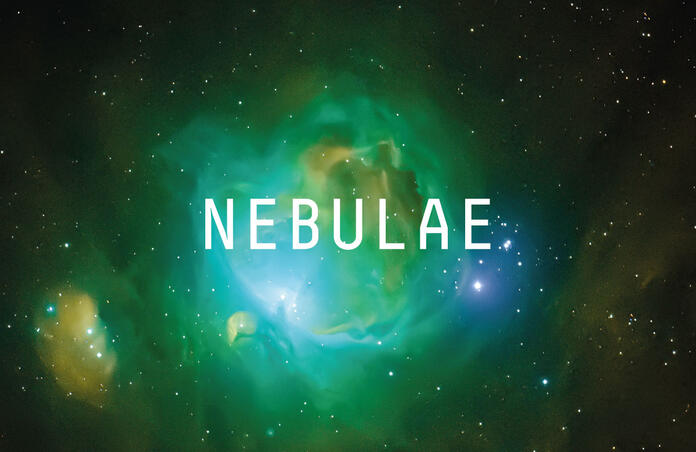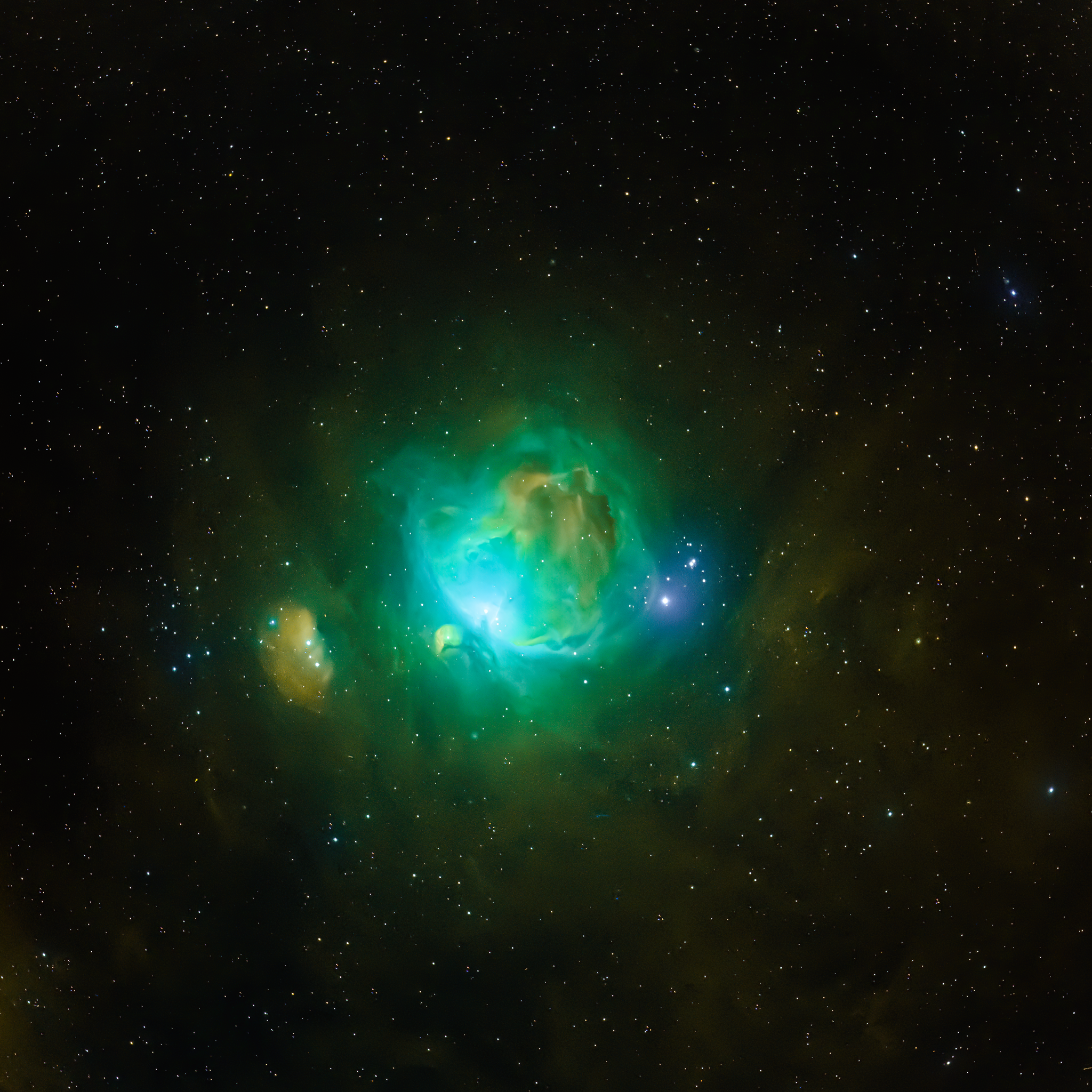What is a Nebula?

Historically, the word “nebulosity” or “nebula” was used to describe all Deep Sky object. As it was unknown that galaxies beyond the Milky Way existed, it was assumed that all the hazy objects seen through early telescopes must be similar. In the Deep Sky Classification Article, we’ve started to look at the different deep sky objects and the types of nebulae you will encounter as you practice astrophotography.
Before we dive into a more detailed explanation, it’s time for a “fun fact”: we’ve seen that nebulae are denser regions within the interstellar space, but they are still much less dense than any vacuum we can produce on Earth!
Yet another good reason to be fascinated by nebulae is that they act like “recycling factories” for stars. Supernova remnants and planetary nebulae are the result of stars with a mass comparable or superior to the Sun’s ejecting their outer layers into space at the end of their life. This matter can then eventually re-accumulate into a dense and denser object until that is able to start fusion, becoming a star.
As you will be aware, most stars have planets orbiting them; these are also formed from matter accretion, however the star will be taking most of the mass out of the medium. This is what happened to our Sun, as evidence from the elements found in our Solar System suggests: 4.6 billion years ago, a nearby supernova “helped” the already present interstellar gas and dust condensate into a protostar (the first stage in a star’s life, effectively a baby star) and protoplanets, whilst adding heavier elements produced and ejected during the explosion – including Gold and even Uranium.

To observe a Nebula, it’s quite common to use the narrow-band filters, notably H alpha, OIII and SII, instead of the usual Red Green Blue. They correspond to specific wavelengths that the gas’ elements, present in almost every nebula, will emit. Most nebulae contain some source of heat and energy at their centre that ionizes this gas. This means that the atoms of the gas become “excited”, up to the point where some of the atom’s electrons absorb enough radiation to be detached from the nucleus, leaving a so-called ion.
However, electrons may absorb the radiation and be excited to a higher energy level, from which they will spontaneously jump back to a lower energy level. This transition results in the emission of a photon with a very specific wavelength, as the transitions occurs between two clearly defined energy levels. Hydrogen being the most common element in nebulae, it is clear why one of the Hydrogen transitions would be used. To be precise, with H alpha filter you will observe a wavelength of 656.28 nm, which we would perceive as red. Likewise, OIII and SII are then mapped to Green and Blue respectively.
Cover image: The Orion Nebula M42 shot in narrowband, Dennis Lacroix, 24/09/2020 SPA-3
Image credit:
1- The Orion Nebula M42 shot in narrowband, Dennis Lacroix, 24/09/2020 SPA-3
